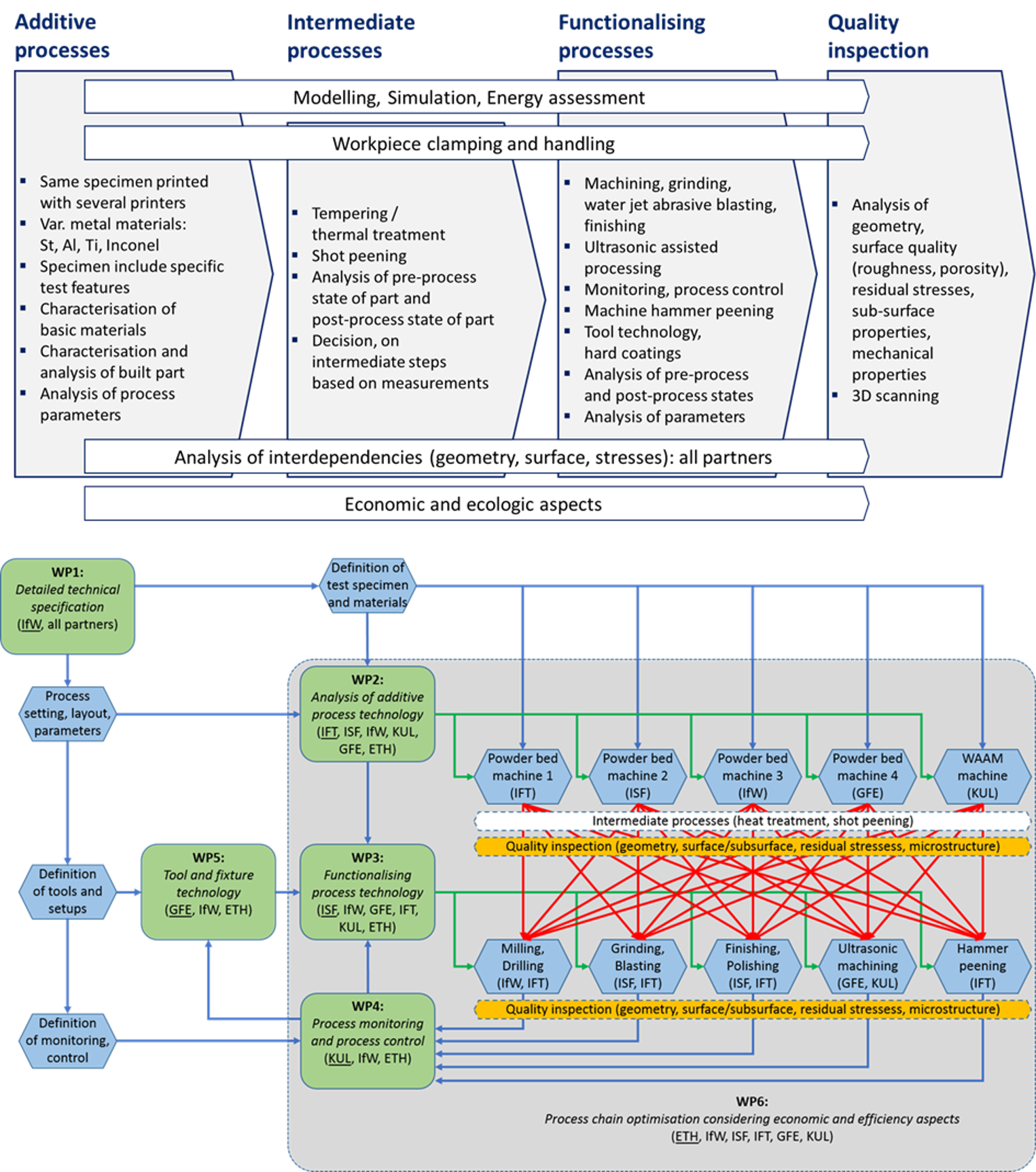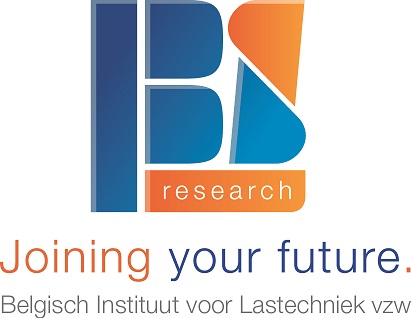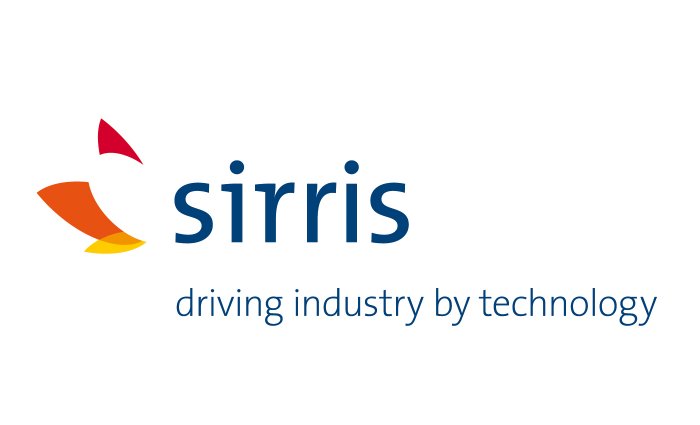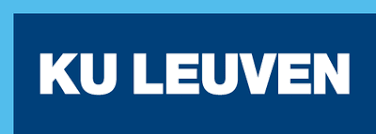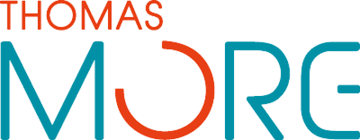Ad-Proc-Add : Advanced Processing Of Additively Manufactured Parts
Still often a barrier to the direct application and implementation of metal AM parts is the undersized dimensional and surface quality. Therefore, a post-processing step is often required, which poses problems with re-clamping, alignment and accessibility of the tool, which are often solved product-specific and on-the-go with many interventions by an operator. This increases the lead time of production and increases the risk of piece failure and increasing production and product costs. By applying a more widely applicable ASM (EN: Additive-Subtractive Manufacturing - ASM) production process, the production chain is further automated, lead times are shortened and the risk of piece failure is reduced. A widely applicable ASM production process already combines the Additive Production step in the work preparation as the subtractive finishing step, in addition, there is a better integration of the 2 production steps through a better layout or combination of 2 techniques in 1 setup.
Project goals
The Ad-Proc-Add project investigates additive-subtractive manufacturing chains to gain a detailed understanding of the interdependencies and interactions of material and component properties of additive-manufactured and reworked workpieces with respect to process parameters, manufacturing strategies and boundary conditions. The aim is to be able to consciously adjust geometry, surface and boundary zone properties via additive-subtractive production chains so that predefined requirements can be met. This enables the targeted design and implementation of additive-subtractive production chains in various industrial applications.
For this purpose, an international CORNET project approach makes sense, which combines the necessary expertise in additive manufacturing, subtractive functionalisation processes, process monitoring, machine technology, simulation and energy efficiency analysis.
New tool concepts, manufacturing strategies, design methods, prototype components and service offerings will result from this. In particular, SMEs will be enabled to derive new processes, products and services. Improved tools and fixtures can be developed for the growth market of additively manufactured components. An access to the additive generation of novel function-integrated components will be created. Small and medium-sized manufacturing companies, jig and fixture manufacturers and mechanical engineers gain methodological knowledge for the economic and efficient use of additive-subtractive process chains. Software, system and service providers will be introduced to the development of new products and offers for the implementation and support of additive-subtractive production chains. Entry barriers are lowered. The use of additive-subtractive technologies becomes feasible for SMEs with significantly reduced risk.
In addition, a digital compendium is to be created that can be used by design and production personnel.
Concrete goals
The CORNET project aims to develop a widely applicable production process for metal parts, in which additive and subtractive techniques are combined. The ultimate goal of this is to produce metal additive manufacturing (AM) parts with higher dimensional and surface quality. Both powder-bed techniques (Selective Laser Melting - SLM) and material deposition methods (Wire Arc Additive Manufacturing - WAAM) will be used and researched within this process chain. Project executors in Flanders (KU Leuven, Thomas More, BIL and Sirris) focus specifically on developing a production chain in which robotized WAAM is combined with robotised machining (e.g. milling, drilling, reaming, etc.).
Technically, this project aims to integrate new production chains (combination of additive and subtractive design). These chains are supported with in-situ sensors (eg acoustic emission, temperature, force, vibration) and quality inspection systems (eg 3D laser scanning or fringe projection). The ultimate goal is to produce AM parts first-time-right, all this will be done case study-based from a group of companies in which: production companies (both CNC and 3D printing), CAD-CAM distributors, tooling suppliers, as well as robot distributors are represented .
Technical guidelines will be composed from the generated knowledge of this project, which will be disseminated via an online user guide. The project implementers want to support these guidelines as much as possible with multi-media material. For example, production preparation (eg CAD / CAM programming), which is usually done digitally, can be recorded using screen caputring. A demonstrator cell is also being set up by the Flemish partners with a robotised WAAM-based ASM production chain. This cell will be opened up to companies, for example to conduct feasibility studies. For example, by the end of the project, applicants hope to integrate the technology or knowledge of WAAM ASM process chain and conduct case studies. Based on the case studies, a generic production planning method for WAAM process chain is elaborated. In addition, a uniformly applicable and open multi-sensor platform for ASM process chain will be developed to support in-process adjustment and traceability of product and process.
Read more
- 3D printing through a (standard) welding robot: Wire and Arc Additive Manufacturing (WAAM)
- Prenormatief onderzoek: WAAMMEC : Wire Arc Additive Manufacturing: Lasbaarheid en mechanische eigenschappen van structurele componenten
- COAMWELD : Advanced metal components through optimal combination of additive manufacturing and welding techniques

